21 October 2025
Balinese Architecture vs Contemporary Design, Finding the Perfect Balance!
4 Minutes Read
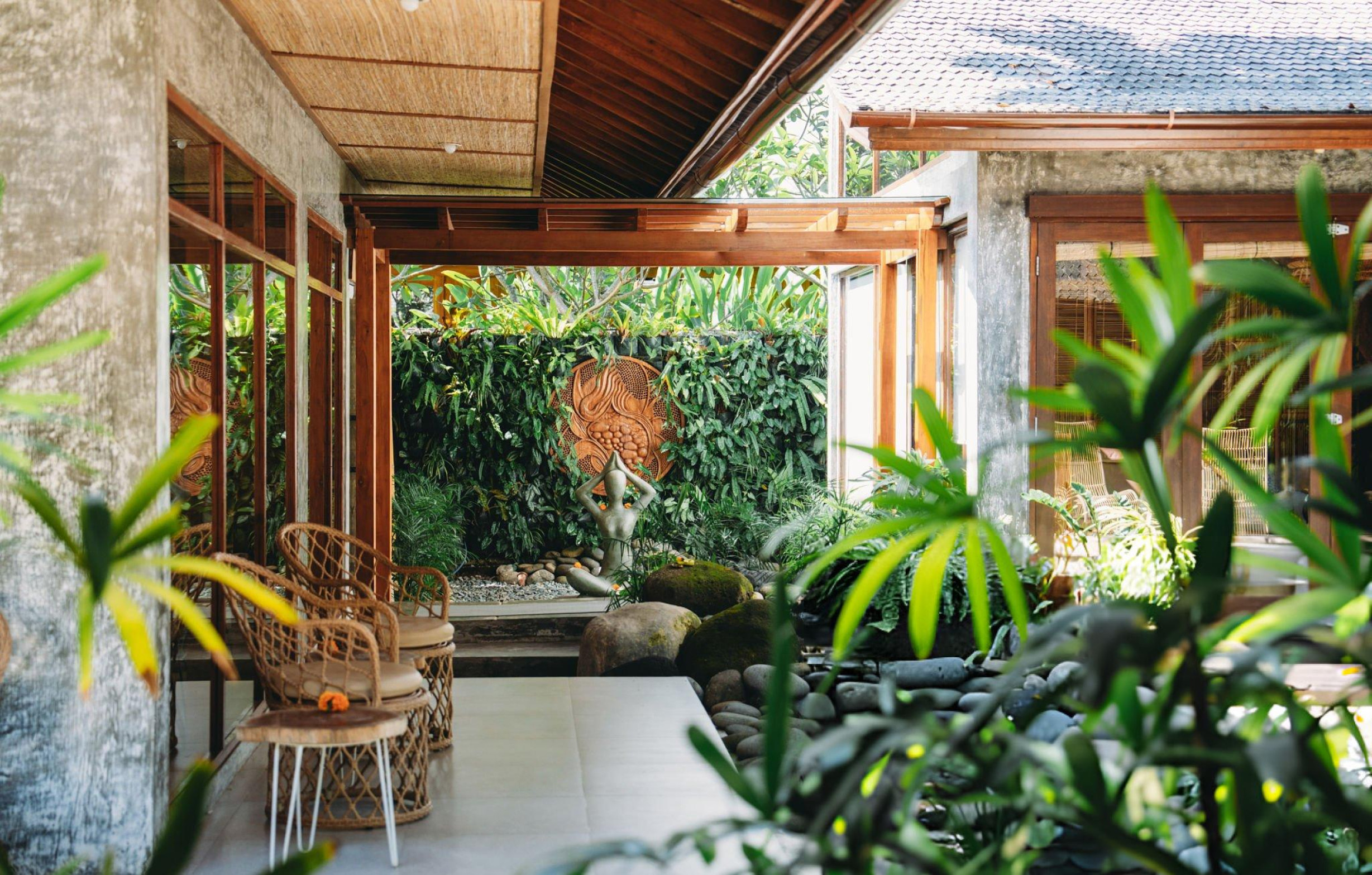
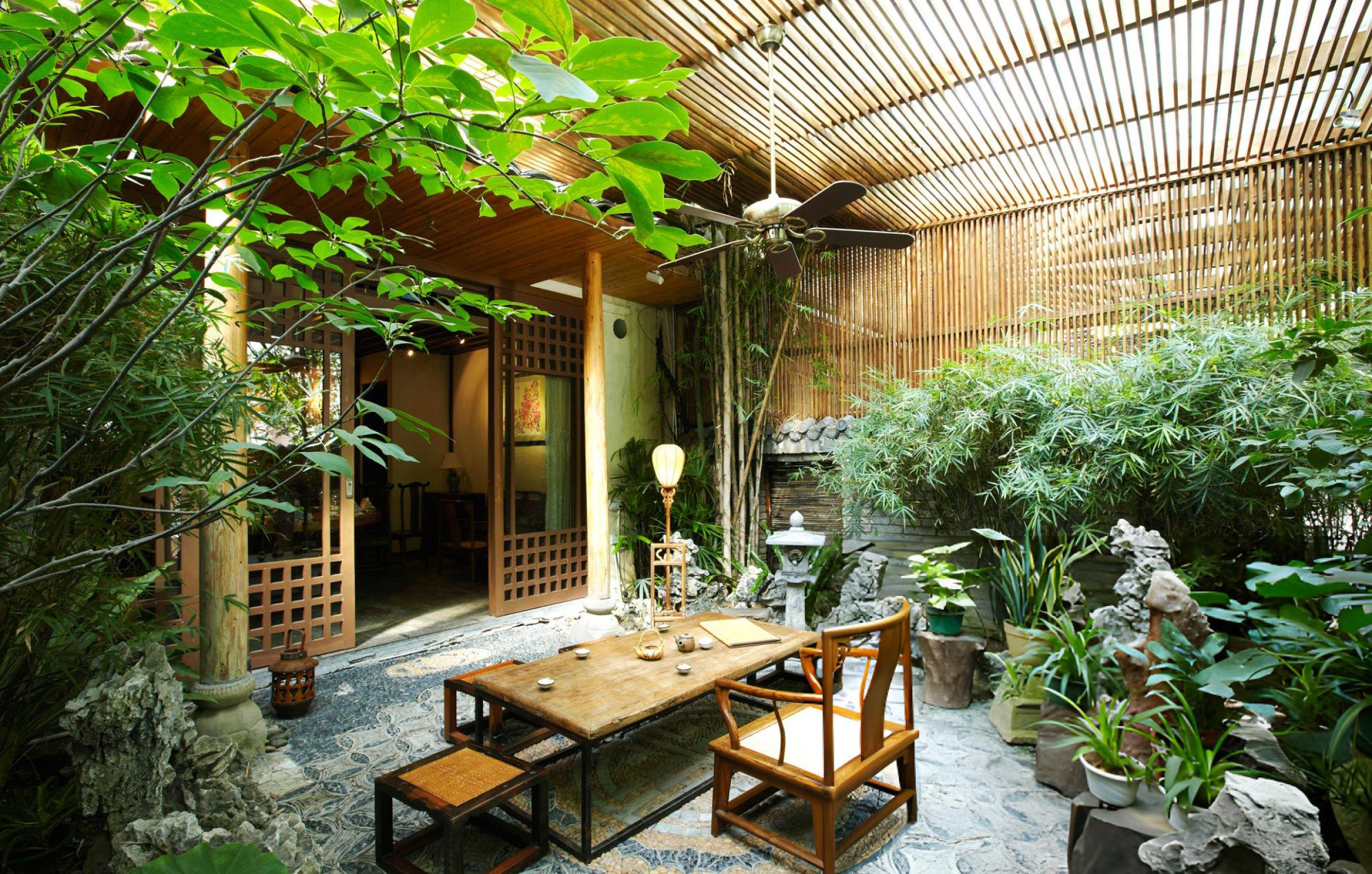
What Defines Traditional Balinese Architecture
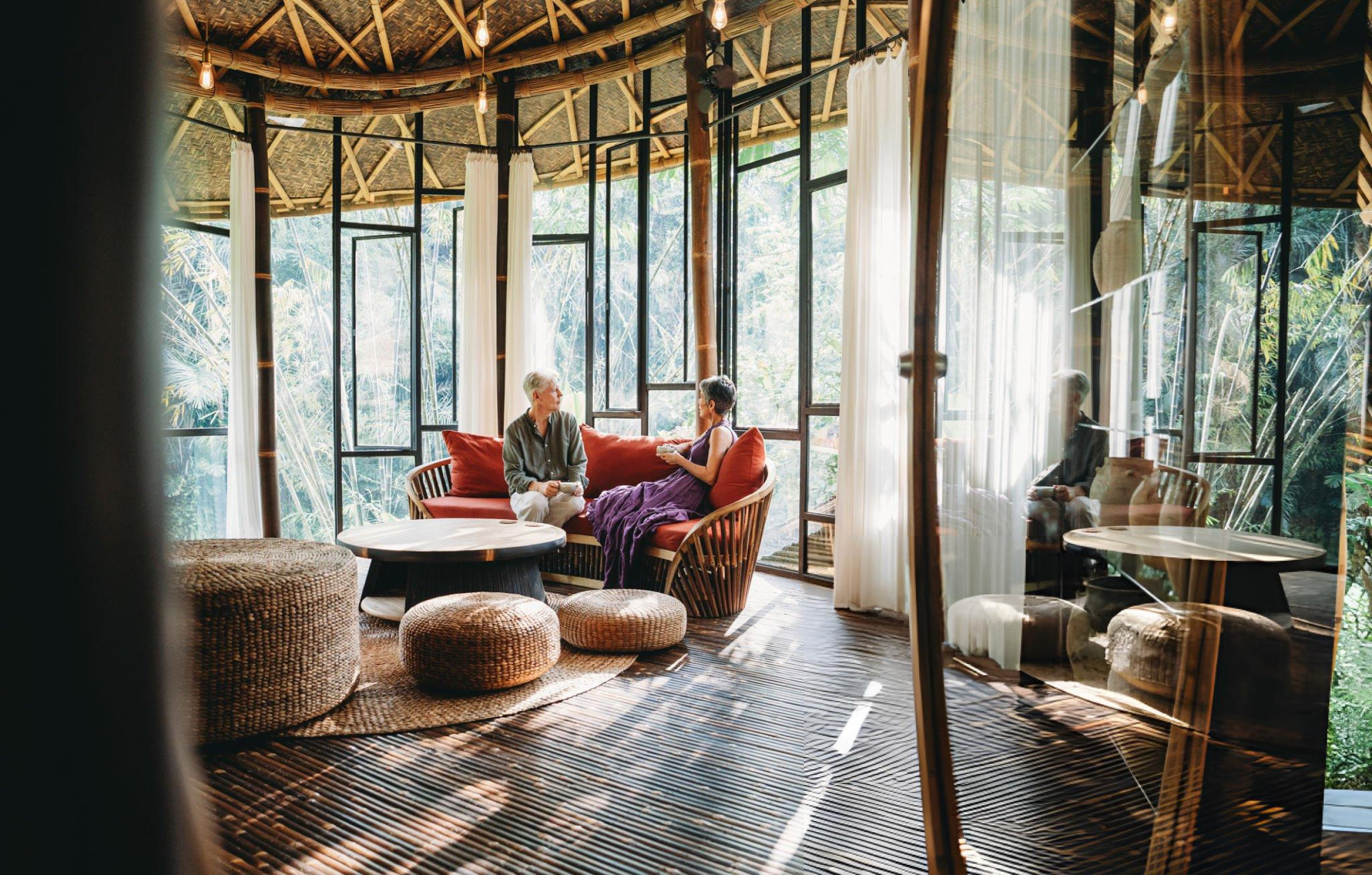
- Use of local materials such as bamboo, teak, volcanic stone, alang-alang thatch, clay bricks, coconut wood. These offer thermal comfort, local authenticity and connection to nature.
- Layouts built around pavilions (like bale, wantilan), courtyards, open air spaces, pathways, water features, where daily life, ritual, nature, and social interaction flow naturally.
- Decorative elements: carvings, statues, gates, motifs (Kala, mythological creatures, spiritual symbols), and religious or cultural expression deeply integrated in gates, façades, and as part of ritual significance.
- Roof design: traditional roofing such as alang-alang thatch or sirap (wood shingles), steep pitched roofs, wide eaves for shade and rain protection.
What Characterizes Contemporary or Modern Balinese Design

- Clean, geometric forms, minimal ornamentation, large glass windows or sliding or folding walls facilitating indoor-outdoor flow.
- Use of modern materials like polished concrete, steel, glass, engineered wood, composites, together with refined versions of traditional elements.
- Integration of sustainability: natural ventilation, passive cooling, solar energy, rainwater harvest, eco roofing, green roofs or walls.
- Interiors favor earthy neutral palettes, minimalist furniture, openness, less clutter, high ceiling space, ambient lighting, and privacy together with openness.
Traditional vs Modern Bali Villa
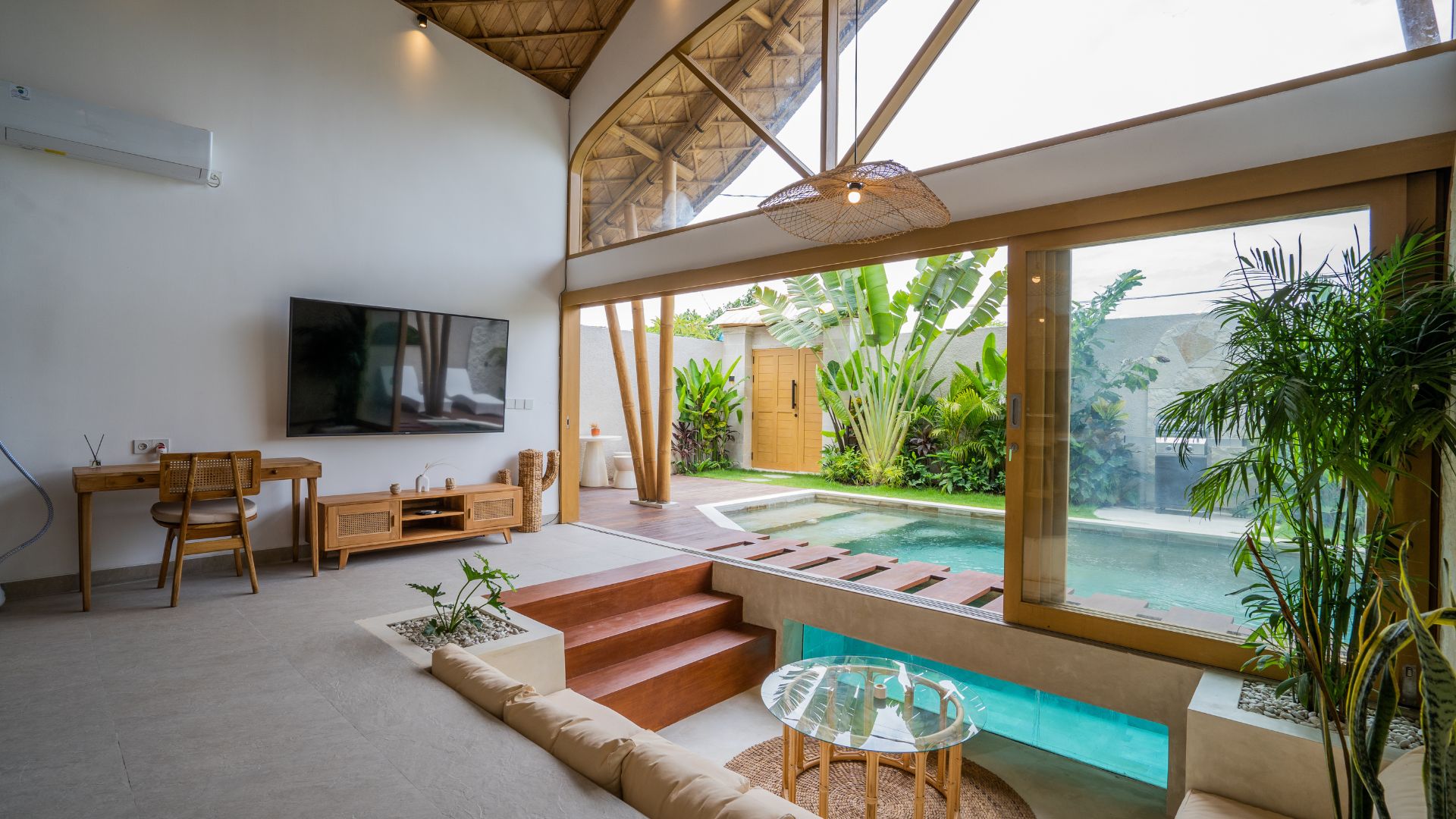
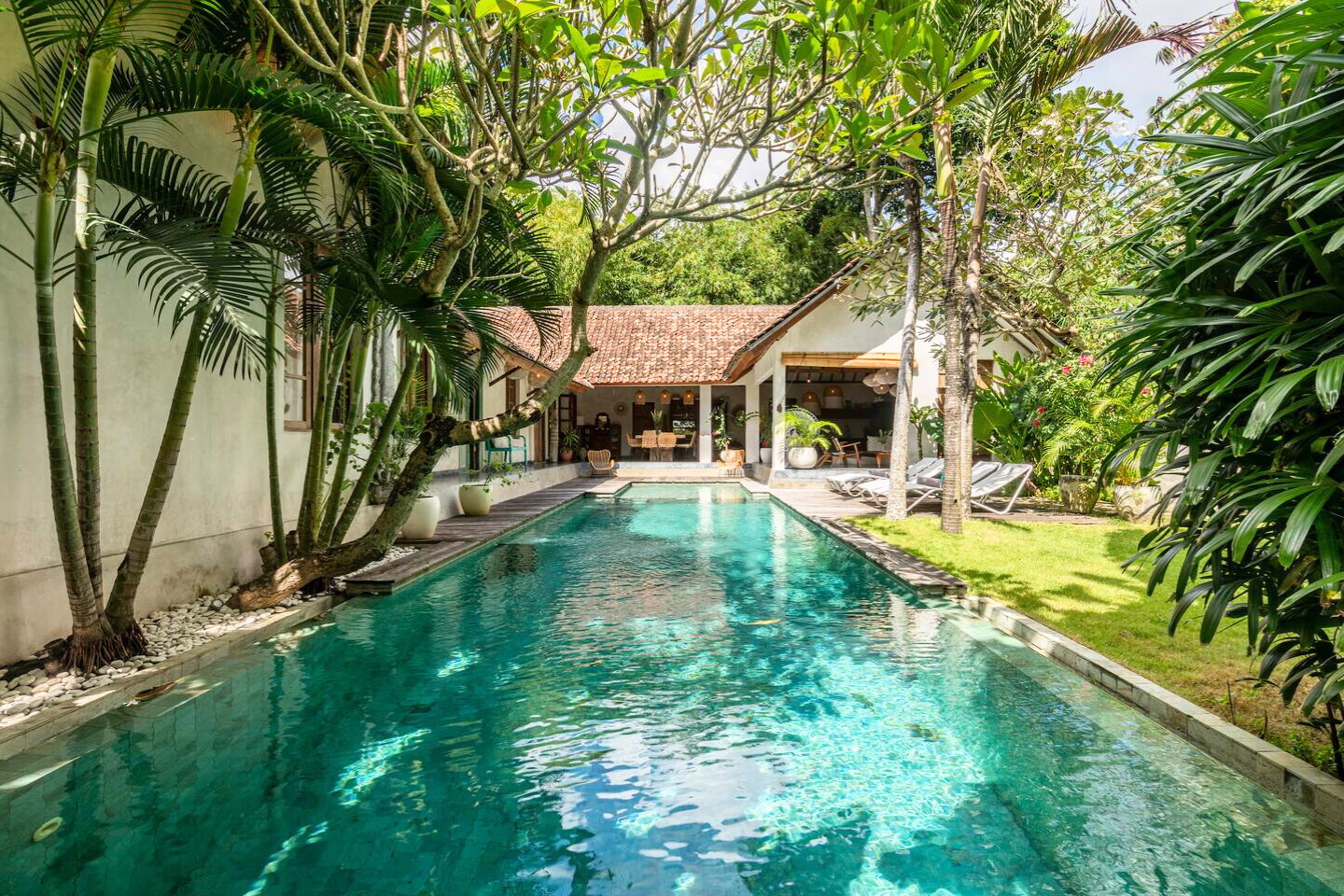
At Koskaki Real Estate, we help clients craft properties that combine the warmth of tradition with the refinement of modern Bali house design, ensuring every space feels timeless yet forward-looking.
Why Investors and Homeowners Want the Best of Both Designs
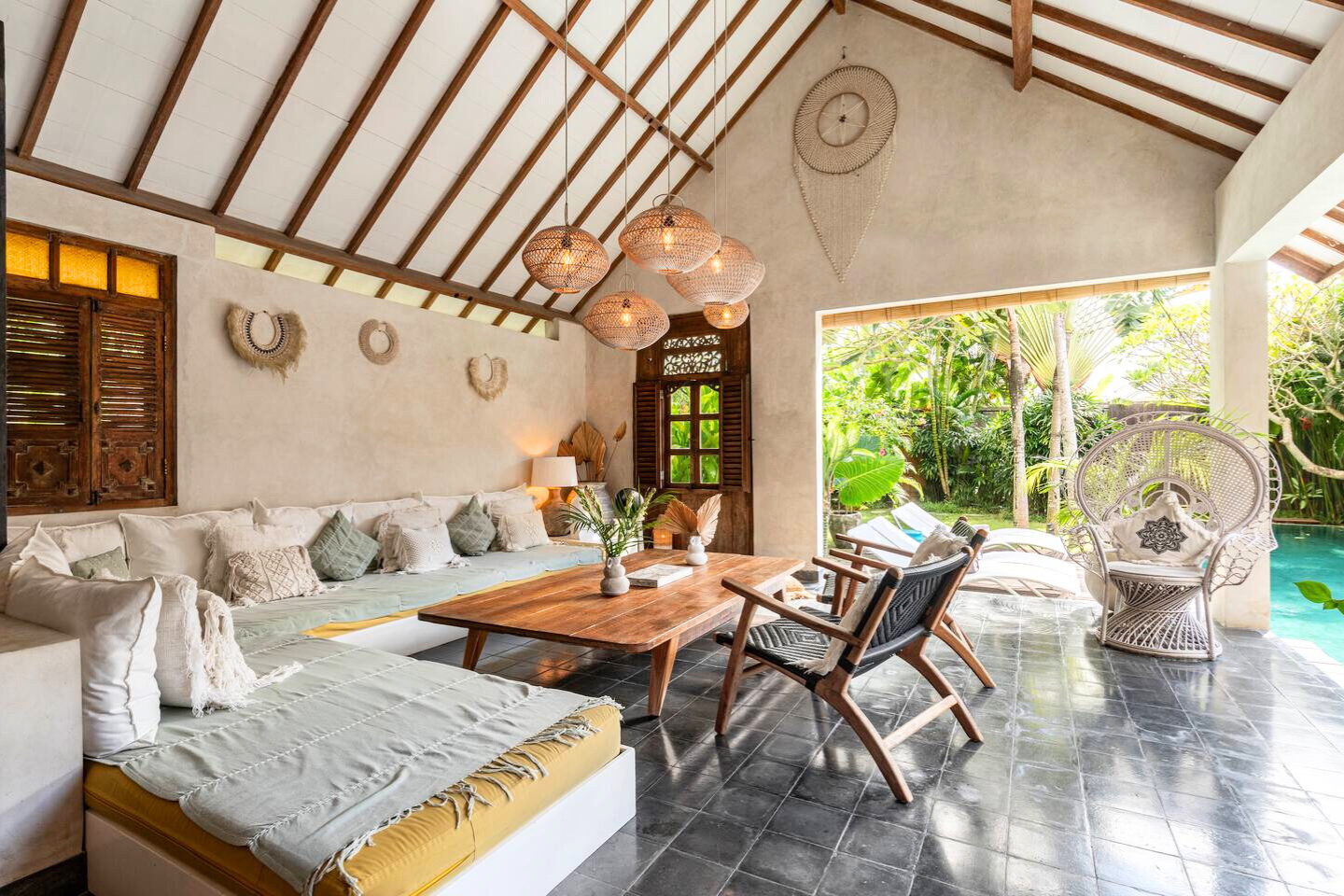
- Enhancing market value: Villas that show cultural authenticity and strong design often attract higher rental rates, modern comforts help secure bookings and appeal to international guests.
- Longevity and maintenance: Traditional materials look beautiful but may require more upkeep; modern methods or materials can help reduce wear-and-tear. Combining both wisely captures beauty and durability.
- Sustainability appeal: Modern Balinese architecture that respects tradition while adding eco-friendly design (natural ventilation, sustainable materials, solar, etc.) is increasingly in demand among eco-conscious investors.
- Distinctiveness: Villas that feel like you cannot find this elsewhere, a place that reflects Bali spirit, not just a generic luxury house. This storytelling helps marketing.
Challenges in Finding Balance and How to Overcome Them
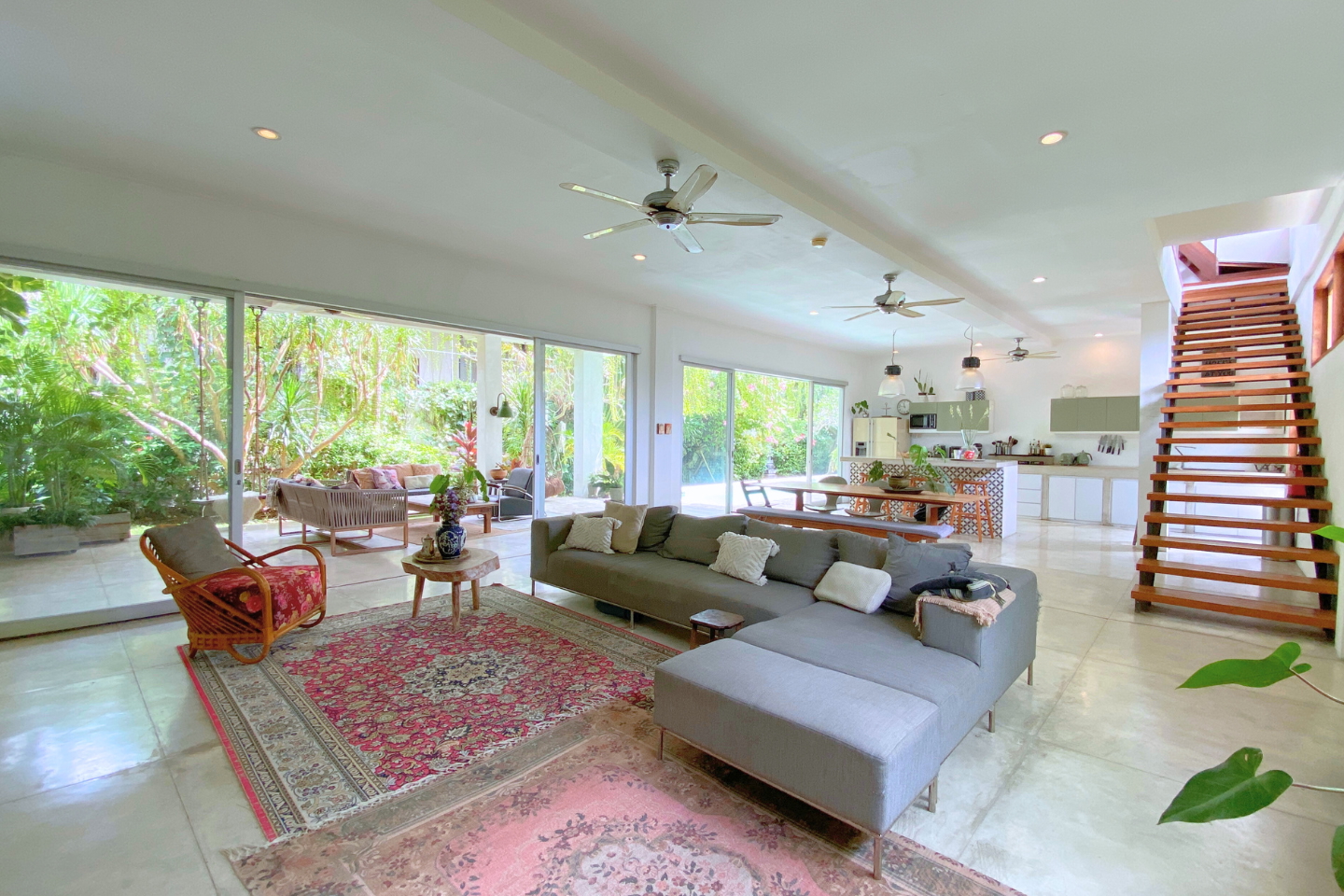
- Material Durability and Maintenance: Traditional materials like thatch degrade faster, untreated wood may suffer insect damage or rot. Solution: source high-quality treated materials or combine modern alternatives.
- Climate Management: Glass walls or open air spaces increase heat, rain and humidity and need good waterproofing. Solution: use overhangs, shaded areas, ventilation, high performance glazing.
- Cost Overruns: Custom carvings, artisan work, authentic traditional elements often cost more and take longer. Solution: plan budget with buffer, choose where to apply traditional features selectively.
- Regulation and Permits: Local building codes, fire safety, environmental laws may restrict certain elements (especially natural roofing materials). Solution: work with architects and consultants familiar with Balinese regulations.
How Koskaki Real Estate Helps Clients Build Balanced Villas
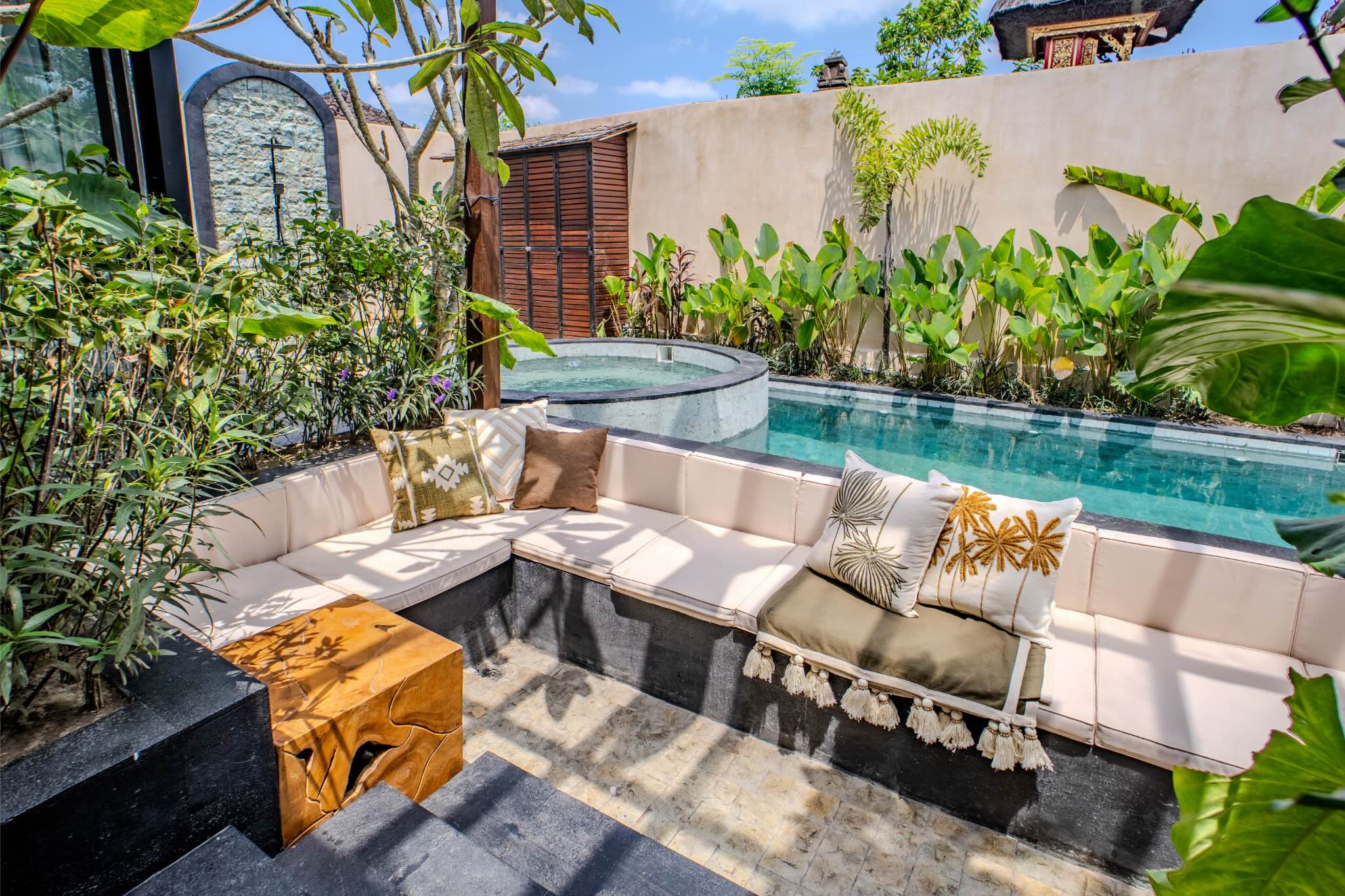
- We start with site and climate analysis to decide which traditional features (like roof pitch, pavilion orientation) are viable, and where modern design elements (glass walls, roof terraces) can work best.
- Our material sourcing aims to combine local with modern: for example, locally-sourced teak, stone, crafted gates, alongside modern finishes, steel, glass, and efficient insulation.
- In interior design we emphasize modern Balinese interiors: minimalist furnishings, natural textures, crafts as accents, colour palettes balancing earth tones and clean neutrals.
- Functionality and amenities: design that includes indoor-outdoor villa spaces, privacy through landscape design, tech amenities (smart lighting, energy systems), while keeping visual harmony.
- Ensuring sustainability: passive cooling, use of eco-materials, optimizing daylight, energy efficiency, water management in each villa project.
Bringing Tradition and Modernity Together with Koskaki Real Estate!
Balinese architecture and contemporary design don’t compete, they complement each other. The most remarkable Bali villas are those that blend cultural charm with modern comfort, creating spaces that are timeless yet forward-looking.
If you’re ready to build a home that captures Bali’s spirit with a touch of modern luxury, contact Koskaki Real Estate today to explore your design vision and start your villa project.
Share This Article to :